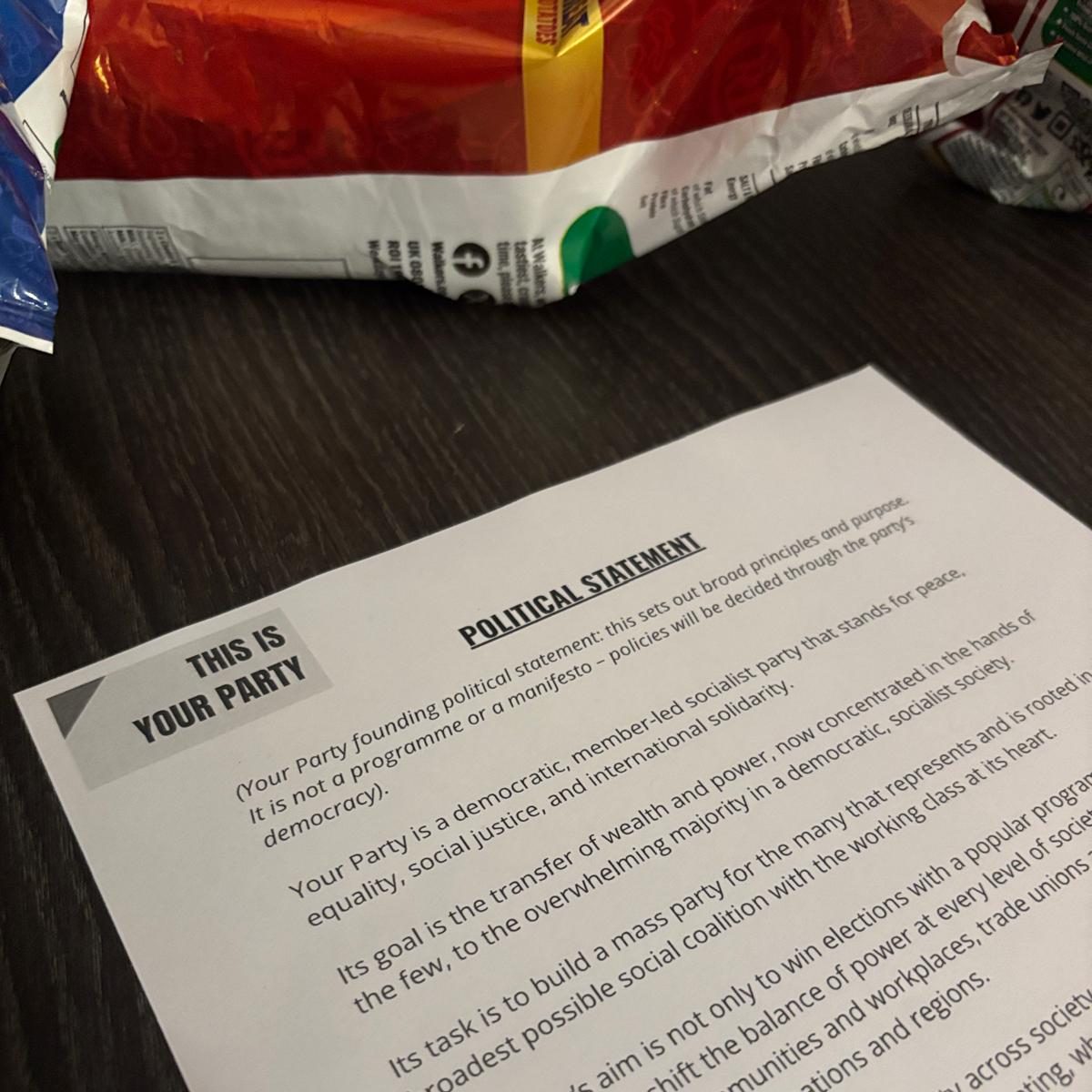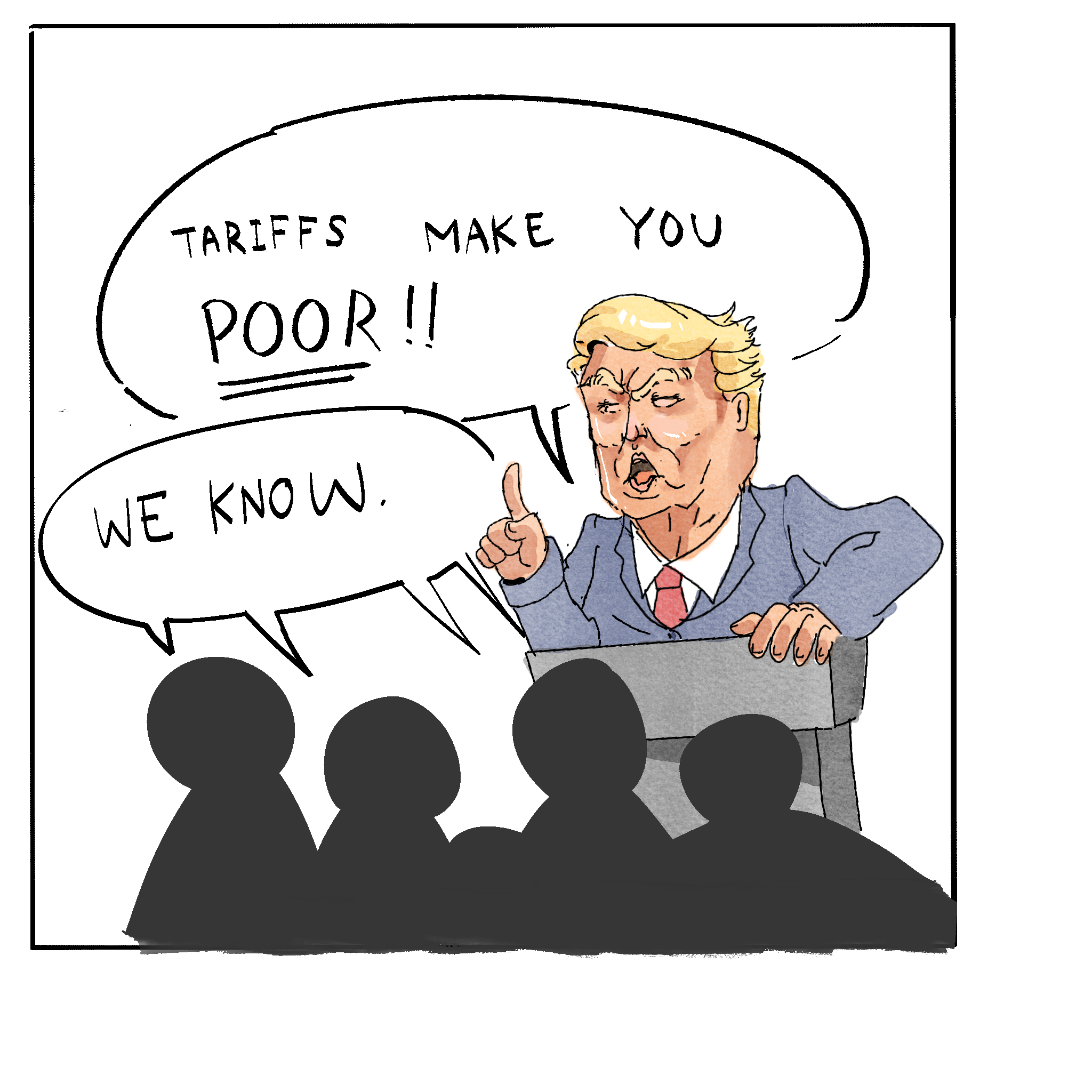A dozen pictures – Series 1
By Salomé Melchior
All photos were taken by, and belong to, the author.
Overall description:
LSE alumnus Salomé Melchior lives in Berlin these days. She has compiled a first series of photos to which she has added small narratives in her own photojournalistic style.
Escape into these pictures and find out what this mythical and oneiric city may have to offer…
Location: Friedrichshain. An area of East Berlin, where nihilism seems to lurk around.…
A young mother and her child pause to observe a surprising street angle.
‘Dies ist kein Kino’ (meaning this is not a cinema) may grasp the attention of more than two wanderers! In fact, when you walk into this gloomy yet enticing place, you may discover a tiny living room, where you are offered a cup of tea or coffee before being led to a few rooms, where films are casually displayed. Wouldn’t one categorise this as a cinema setting? The point of this place’s title seems to be that we may seek to dismantle ‘categories’, to provoke reality and mind-sets, and to ask ourselves: “What is a cinema, really? Isn’t it essentially a place where we are brought to question things: the world, ourselves, society, and dreams? “
The glimpse of a child and her mother – whose jumper fits the graffiti on the wall – felt like an unexpected treasure. Maybe this too is not merely a photo, since it incarnates more than that: the moment of reflection, of contemplation, and of shared wonder, from one generation to the next.
Location: Prenzlauer Berg. A cosy and residential area in Berlin, where you can still jump on a tram like in GDR times and the Cold War, a time when the city was brutally split into halves by a wall that separated separated the East from the West.
The brutality of the past is contrasted with the colourfulness of the present. As we gaze at this picture, we may imagine a poetic narrative: the vivid elephant walks firmly ahead of the predictable yellow GDR tram, despite the memories of the past that could overtake him. This may stand as a metaphor of Germany, which works at looking ahead despite the traumas of the past that suddenly come rushing by silently.
Location: East Side Gallery. The inscription Save our Earth says it all!
Yet, an image may suggest more than words. Here, a passenger seems unaware that he is not the only one around, and that a virus is lurking… Despite this picture, which makes him look like he is the sole passenger on the pavement, there were many people strolling along the East Side Gallery, on that mid-October day. Barely anybody was wearing a mask. Coming from France, where wearing a mask has become part of the daily routine on the streets, my mother and I were surprised to witness such light- heartedness. The government has chosen to establish a lockdown during the month of November to raise consciousness, to confront us with a crude reality: we will have to live with the virus for a while yet, and thus with our solitudes, too. Save our lives is progressively inscribed in everyone’s mind and heart.
Location: the Spree river flows in front the Reichstag, where the modern federal parliament – the Bundestag – meets to elect the laws that constitute the German political system.
On the other side of the Spree, a couple walks in a slow paced rhythm, which one may commonly encounter in this city. Even though Berlin feels explosive, dynamic and highly creative, the rhythm in the street feels slow and carefree.
In this instance, a musician strolls around with a cello on his back, while holding his girlfriend tenderly in his hand. Love and creativity, here and now: this could be a motto for Berlin!
Location: Bleibtreustraße, meaning stay loyal street, is situated perpendicularly to Kurfürstendamm – also known as ‘Ku’damm’ in the local slang. The latter is one of the major commercial and touristic avenues in the capital. The fact that a nearby street reminds us to ‘stay loyal’ is symbolic – despite the waves of tourism, and the modern tendency to embrace consumerism, we shall seek to stay true to ourselves and to the environment. It is the quality of what we do that counts, not the quantity that we take in.
Bleibtreu also echoes the notorious German actor Moritz Bleibtreu who interpreted key roles in the well-acclaimed movies Lola rennt, Soul Kitchen and Solino, amongst others.
As I was strolling around the area, I spotted this street inscription, lightened by a dim red light, which gave it a cinematographic touch. The ‘Hotel Mond’, meaning Moon Hotel, made me think of the gloomy motel stories that seem to always take place in American films – illicit lovers meet, people get killed, secrets are dissolved… Berlin has a cinematographic vibe; it suggests more than it shows. It tickles the curiosity and the power of imagination of the people ephemerally passing by.
Location: the main train station in Berlin. It has been immortalised on our screens, such as in the recent series ‘Unorthodox’, which portrays the escape of a young Jewish American to Berlin, who seeks an unchained kind of freedom.
When I arrived here in mid-October, it was almost deserted already. The second wave of the pandemic was growing silently. A Turkish taxi driver picked me up, and it all began: the brewing of cultures, the intersection of origins, and the infinite sense of possibilities! I embraced the mystery that this city resonates right away. I felt both attracted and repulsed. Berlin is love: blurred, wonderful, challenging, and somehow overpowering.
Cuore di vetro – meaning crystal heart – is the name of a delicious gelateria, situated on Simon-Dach Straße, in the mythical Friedrichshain area. A film of the legendary director Werner Herzog inspires the name of this unique ice-cream store.
This little shop is like a hidden jewel. The guy serving the extraordinary ice-cream excels not only in his capacity of receiving greedy and curious customers – but his products also throw back to magical Italian settings, together with a sense of light-heartedness, pure kindness, and boundless joy. During lockdown, this is one of the places I miss the most. The vivacity of the city has cooled down; our hearts are momentarily crystallised. Hopefully, they will soon shine again!
Every morning, I have my self-made ritual in Berlin:
- grabbing a warm drink at a little street-corner to warm up my body in this cold city, and to prepare for a sedentary office day.
- striding from my studio apartment to the nearby train station whilst enjoying the diverse architecture and people that make up this eclectic city.
- gazing through the window on the overground train, looking sometimes at the plain blue sky, and others at the monochromic grey clouds.
- observing and interacting with others, whilst wearing a mask, of course!
Street art can be encountered in unexpected places in this city – a city that does not warn, but astonishes and bewilders in unexpected places! In a one hour loop of the French artist collective Bon Entendeur, the notorious actor Jean Reno claims that there are three European cities that ‘bang’ into one’s face, these being Rome, Vienna and Paris. Being Franco-Austrian, and having lived in Paris, Vienna and Rome, I would personally add Berlin to the list of ‘face-hitting’ cities. Berlin is raw and and continues to remind us of the past with every step. It can be grey yet, is colourful; it is this artistic soul that shines.
A representation of the Brandenburger Tor, this historical and symbolic monument in front of which the fall of the wall was celebrated and broadcasted worldwide in 1989.
This drawing can be found on the way from the Frankfurter Allee to the Oberbaumbrücke, a bridge that links one side of Friedrichshain to the Friedrichshain-Neuköln area. The notion of bridging and of the ‘in-between’ seems to be very much anchored in Berlin: bringing together social classes, nationalities, and geographical horizons – such as the East and the West – appears to forms a narrative thread, which runs across this fragmented and reunited singular city.
Legs and buildings… It is as if the buildings are the extensions of the legs drawn on the wall. For me, this echoes the people who jumped from East to West when the wall was being built. This image could also stand as a metaphor for the people whose legs were anchored in East Berlin, as the wall was built, and whose heads were elsewhere, somewhere in the clouds, wishing for another destiny and a new life. Several films have portrayed this wish, such as Das Leben der anderen, which won the Academy Award for Best International Feature Film in 2006.
Finally, I would say that this image suggests, on one hand, a sense of depersonalisation, and on another, a way to freedom. The person pictured on the wall is devoid of his upper body, of his face, his voice… figuratively, one is somewhere without really being there, standing without being able to speak. This may echo living conditions in the GDR. On the other hand, the sky in this picture resonates an open space of possibilities, a capacity for change and resilience.
Description: the Reichstag building seen through a life preserver.
Here too, a symbolic meaning may be associated to this spontaneous picture: within this building lays the Bundestag, which votes laws. The view of a lifeline that encompasses this mythical place is a way of suggesting that institutions like this one are essential to help society function. The lifebouy may be an allegorical warning: we shall take care of such places and respect them, since they represent and enable citizenship and the capacity to cohabitate in civilised manners.




